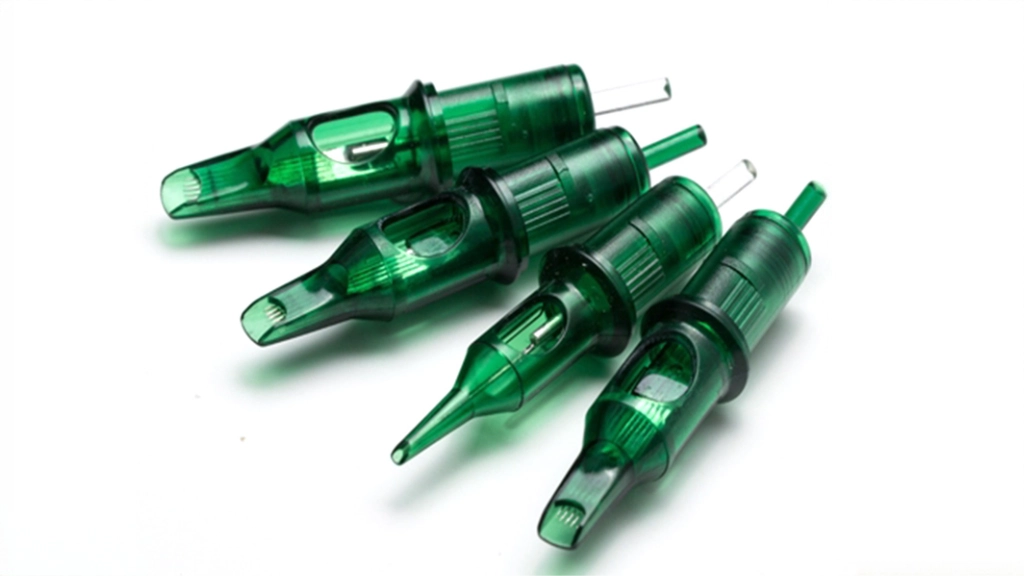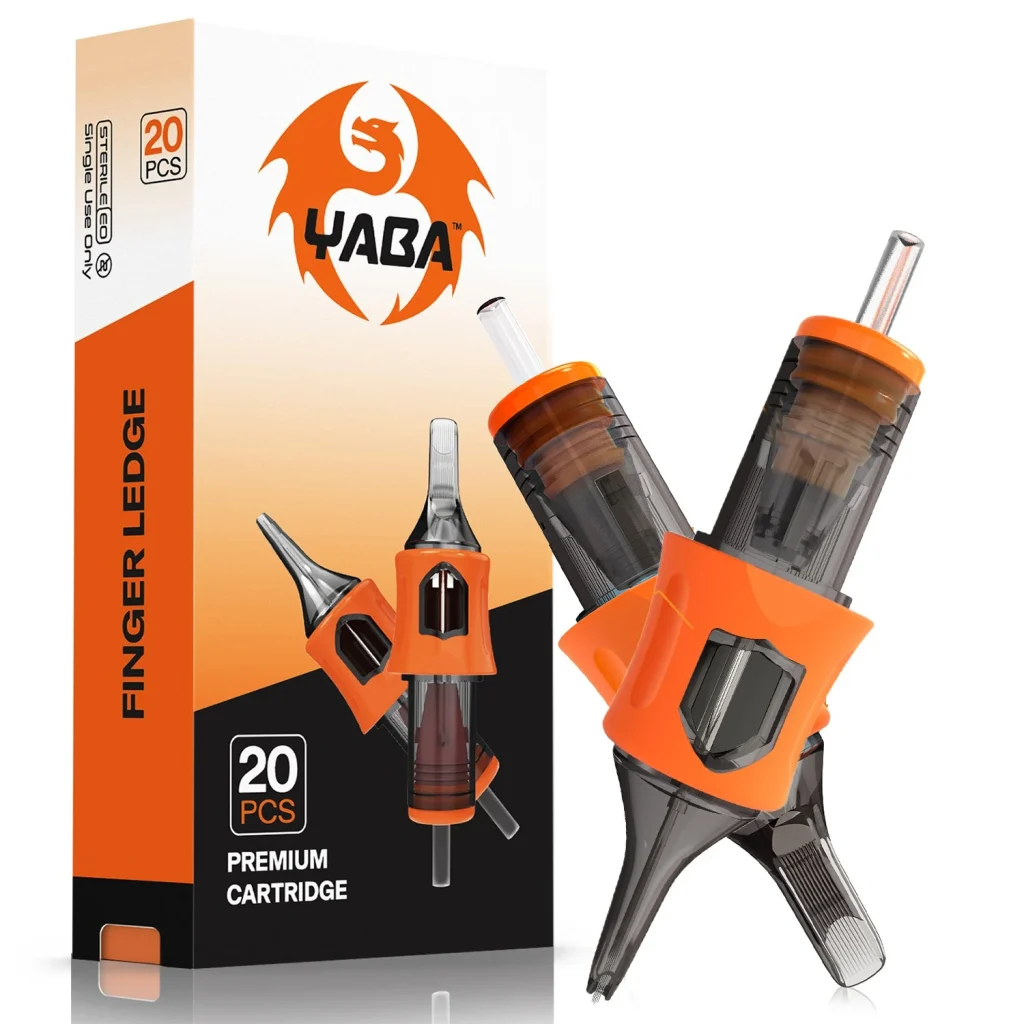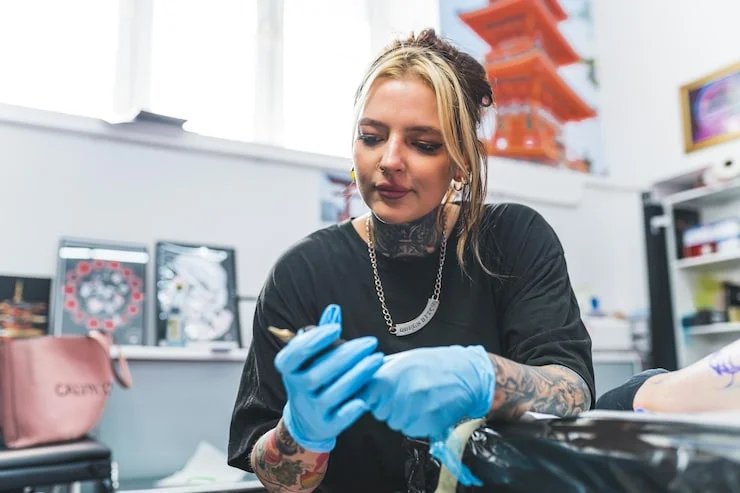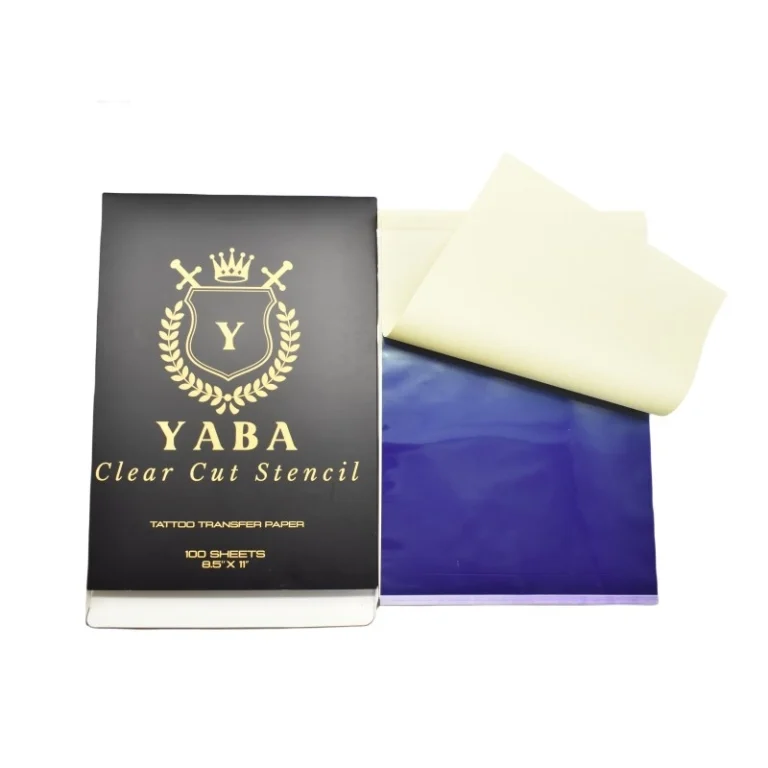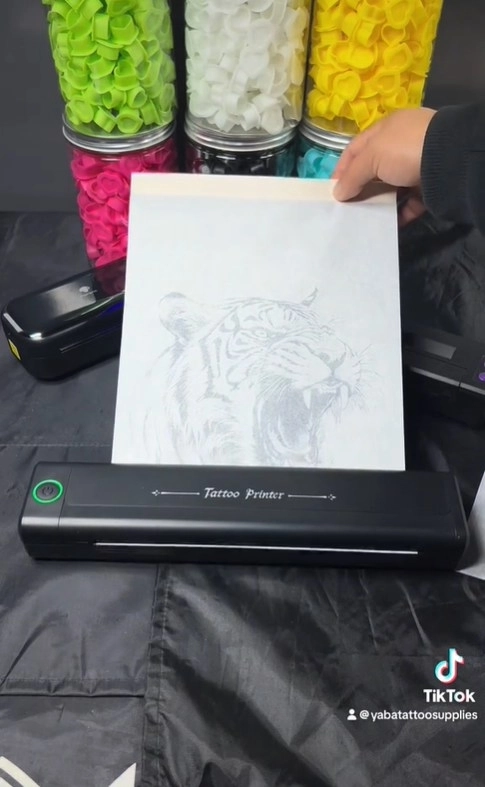Tattooing is both a skilled craft and a creative art. The needle setup plays a vital role in the final result. From sharp outlines to gentle gradients, the correct needle choice affects not only the look but also the ease and comfort of the process.
For any skilled artist, mastering needle setups is essential. It improves work efficiency and ensures impressive results. The right setup reduces skin harm, enhances ink placement, and provides accuracy. This boosts both your creativity and your client’s happiness.
Key Differences Between Lining and Shading in Tattooing
Lining and shading have different roles. Each requires specific tools and methods.
- Purpose and Application of Lining:Lining forms the base structure of a tattoo. It shapes borders, details, and patterns. A clear, bold line adds strength and clarity to a design. This makes it stand out visually.
- Purpose and Application of Shading:Shading adds depth, richness, and texture. It brings lifelike qualities to portraits, softness to flower designs, or strong contrast to bold styles. Shading blends colors smoothly for a natural shift between light and dark areas.
- Artistic Impact:Mastering both lining and shading helps artists create tattoos that are technically solid and emotionally powerful. This balances clear outlines with smooth, flowing effects.
Tattoo Needle Types for Line Work
Creating sharp outlines with minimal skin damage begins with picking the right needle.
- Common Needle Configurations:Round Liners (RL) are the go-to choice. They group needles tightly in a circle, perfect for outlining letters, shapes, or classic tattoos. Artists choose tight liners for strong, solid lines. Alternatively, they use loose liners for a softer, sketch-like look, depending on the desired style.
- Factors That Affect Line Quality:Several elements impact line quality. Smaller needle groups, like a 3RL, work well for fine details. Larger groups, such as a 9RL, produce thicker outlines. The needle’s width and tip length also affect ink flow and precision.
Tattoo Needle Types for Shading
Shading needs needle setups that spread color evenly over larger areas without causing much harm.
- Common Needle Configurations:Three types are popular: Magnum (M1), Curved Magnum (CM), and Round Shaders (RS). Magnum shaders fill big spaces quickly. Round Shaders suit smaller areas or solid color filling.
- How Configuration Affects Pigment Saturation and Smoothness:Curved Magnums are preferred for high-quality work. Their slightly rounded tip fits skin curves better. This reduces damage and ensures even ink spread. High-end tools, like the Yaba Tattoo Shield Finger Ledge Membrane Cartridges – Magnum Series, enhance comfort. They include features like a unique grip design to improve control during long shading tasks.
Machine Settings and Power Supply Adjustments
Needle setups must pair with proper machine settings for the best results.
- Voltage Ranges:Lining often needs higher power, around 7–9 volts, for clean, deep lines. Shading uses lower power, about 5–7 volts, for gentler, smoother passes that cause less skin stress.
- Stroke Length:Longer strokes, like 4mm, work well for lining. Shorter strokes, around 2–3mm, are better for shading. They allow careful layering of color.
- Machine Type:Traditional coil machines have a strong punch, loved by many. However, modern rotary machines are versatile. They perform reliably for both lining and shading, especially with quality cartridges.
Cartridge Needles vs. Traditional Needles in Modern Studios
Switching needles often with traditional setups slows work and raises hygiene risks. Modern systems solve these issues. Cartridge needles are now common in professional studios for their ease and safety.
- Advantages for Workflow:Cartridges let artists switch between lining and shading quickly. This saves time. High-quality systems, like those from Yaba, improve efficiency. Features like comfortable grips reduce hand strain. For example, a special grip design helps artists maintain control while changing techniques fast.
- Hygiene and Safety Enhancements:Modern cartridges have built-in safety features. A protective barrier, included in all Yaba cartridges, stops ink and fluids from flowing back into the machine’s motor. This greatly improves cleanliness, which is crucial in professional settings.
Introducing Yaba: The Professional’s Choice
This guide highlights the need for precision, safety, and smooth workflow. These needs drive Yaba Tattoo Supply to create top-quality tools. Designed by experts, their products meet real studio demands. They blend comfortable design with advanced materials.
Highlighting the Yaba Tattoo Shield Finger Ledge Membrane Cartridges – Magnum Series
This product line tackles the challenges of long shading sessions. The unique grip design improves control and reduces hand tiredness. Meanwhile, the advanced safety barrier ensures top hygiene standards.
Optimizing Studio Workflow & Professional Tips
- Organize Your Station:Keep pre-set tools ready. This cuts down on pauses, whether you start with lining or shading. A tidy workspace saves time and keeps you focused.
- Maintain Your Equipment:Reliable results come from steady techniques and clean tools. Regularly clean and sterilize your gear. This ensures every session runs smoothly.
- Master Your Technique:For lining, keep a steady hand and use straight angles. This creates crisp lines. For shading, move slowly at flatter angles. This builds soft, gradual blends of color.
FAQs:
Q1: What type of tattoo needle is best suited for soft black-and-grey shading?
A: Curved Magnum (CM) cartridges are ideal. They fit skin curves well and reduce harm. For detailed work, choose cartridges with comfortable grips. For example, the Yaba Tattoo Shield series has a grip design that boosts stability and eases strain during long sessions.
Q2: Can I use one machine setup for both lining and shading?
A: Yes, especially with a flexible rotary machine. Many artists switch techniques easily by adjusting stroke length or swapping cartridges. Still, for the best results, some prefer separate machines. Each can be fine-tuned for either lining or shading.
Q3: Are cartridge needles safe compared to traditional setups?
A: Yes, they are much safer. Modern cartridges improve cleanliness with a built-in safety barrier. This feature, found in high-quality systems like Yaba, prevents ink and fluids from reaching the machine’s motor. This lowers the risk of contamination.

